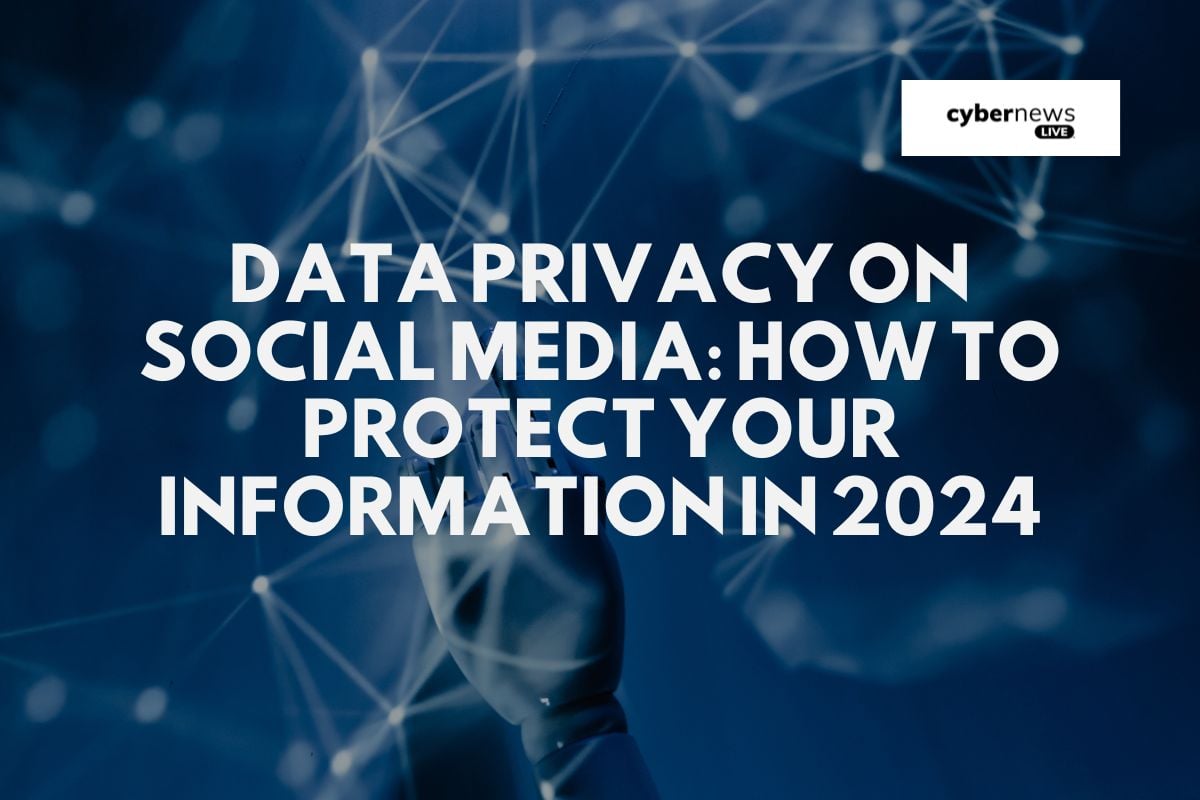
Data Privacy on Social Media: How to Protect Your Information
The Cambridge Analytica scandal of 2018 highlighted major concerns about social media privacy, prompting users to become more cautious about their personal data online. Popular social platforms such as Facebook, Instagram, LinkedIn, Snapchat, Twitter, Tumblr, and Telegram serve as public bulletin boards where people frequently share personal information. This exposure can lead to concerns about who else can access this data.
Every time you share personal details on social media, there’s a risk that your information might reach unintended audiences—including advertisers, cyber criminals, government entities, and spam bots. To help you maintain control of your online privacy, follow these practical steps.
Mastering Your Social Media Privacy: A Simple Guide
1. Carefully Read Privacy Policies Always review the privacy policies of social media platforms. Understand:
- What personal information is collected.
- Who your data is shared with.
- Your rights and options for managing your data.
2. Learn Platform Features and Controls Understand each platform’s privacy settings. Identify who can view your posts and who can tag you. Regularly adjust these settings to match your comfort level.
3. Customize Your Privacy Settings Most social media platforms have default settings that share too much information. Customize these settings to limit visibility of posts, your friend list, and personal details. Remember: sharing less often means better protection.
4. Limit Biographical Details Think carefully about the personal information you provide, such as your hometown, age, or full name. Minimize these details or restrict their visibility.
5. Guard Your Sensitive Information Avoid posting sensitive details such as your home address, phone number, workplace, or political views. Such information is often targeted by scammers or identity thieves.
6. Connect Wisely Be selective about accepting friend or follow requests. Ensure you know and trust those you add to your network, maintaining a smaller, trusted circle to enhance safety.
7. Disable Location Sharing Turn off location sharing in your social media apps and devices to protect your privacy and prevent others from tracking your movements.
8. Think Twice Before Posting Photos Even innocent photos might inadvertently share sensitive details about your home or family. Regularly review privacy settings for photo sharing and tagging.
9. Avoid Clickbait Traps Resist engaging with clickbait content designed to collect personal data or spread malware. Stay cautious and stick to reliable sources.
Conclusion
Protecting your social media privacy requires continuous vigilance. Utilizing a Virtual Private Network (VPN) can help reduce data tracking by companies and secure your personal social media accounts. Take proactive steps today to regain control over your online privacy.
Stay informed and empowered with Cyber News Live! Join us for insightful discussions, expert analysis, and valuable resources that promote cyber awareness and safety in education. Don’t miss out—tune in to Cyber News Live today!




